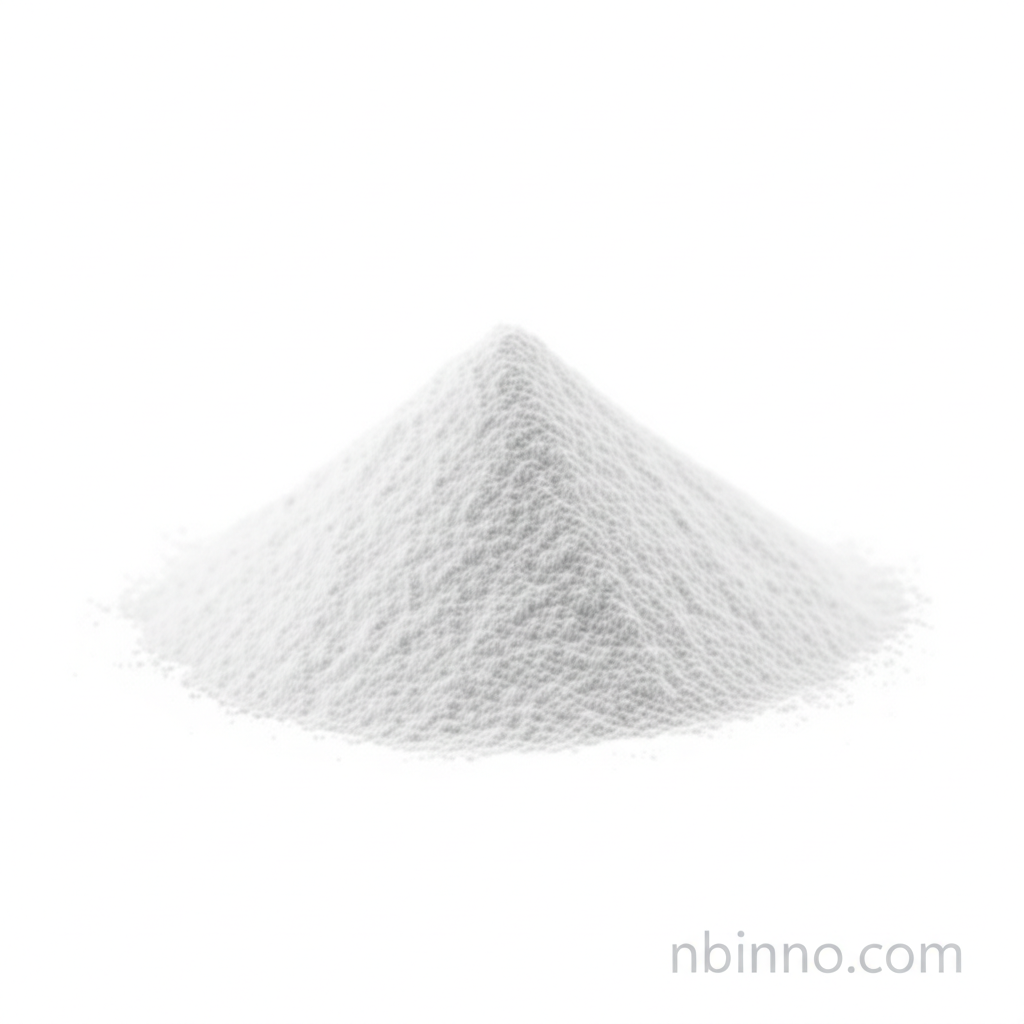4-Bromo-9,9'-Spirobi[9H-fluorene]: A Key Intermediate for Advanced OLEDs and Optoelectronic Materials
Discover the unique properties and applications of 4-Bromo-9,9'-Spirobi[9H-fluorene], a vital chemical intermediate driving innovation in OLED technology and advanced optoelectronic materials.
Get a Quote & SampleProduct Core Value

4-Bromo-9,9'-Spirobi[9H-fluorene
As a premier supplier in China, we offer 4-Bromo-9,9'-Spirobi[9H-fluorene, a critical intermediate in the synthesis of advanced materials. Its unique spiro conjugation effect offers advantages in creating molecules with controlled conjugation length, while its rigid planar structure contributes to a high fluorescence quantum yield. The compound's inherent reactivity at the 4-position makes it exceptionally amenable to further chemical modifications, paving the way for novel applications.
- Explore the synthesis of advanced OLED material intermediates using this key compound.
- Leverage the spiro conjugation effect chemicals for precise molecular design.
- Benefit from high fluorescence quantum yield compounds essential for bright and efficient displays.
- Understand the applications in optoelectronic materials synthesis for next-generation devices.
Advantages Offered
Enhanced Molecular Design
The spiro conjugation effect inherent in 4-Bromo-9,9'-Spirobi[9H-fluorene allows for precise control over conjugation length, crucial for tuning electronic and optical properties in advanced materials.
Superior Optical Properties
Its rigid planar structure contributes to a high fluorescence quantum yield, a critical factor for achieving vibrant and efficient light emission in applications like OLEDs.
Facilitated Chemical Modification
The high reactivity at the 4-position makes this compound an ideal building block for further chemical synthesis, enabling the development of customized optoelectronic materials.
Key Applications
OLED Technology
This compound serves as a vital intermediate in the synthesis of materials for Organic Light-Emitting Diodes (OLEDs), contributing to improved device performance.
Optoelectronic Materials
Its unique structural attributes make it valuable for the development of a wide range of optoelectronic materials, enabling new device functionalities.
Organic Solar Cells
The compound's properties are beneficial in the design and synthesis of materials used in organic solar cells, enhancing their efficiency and stability.
Fluorescent Probes
Its fluorescent characteristics make it a candidate for applications in sophisticated fluorescent probes for various scientific and diagnostic purposes.
